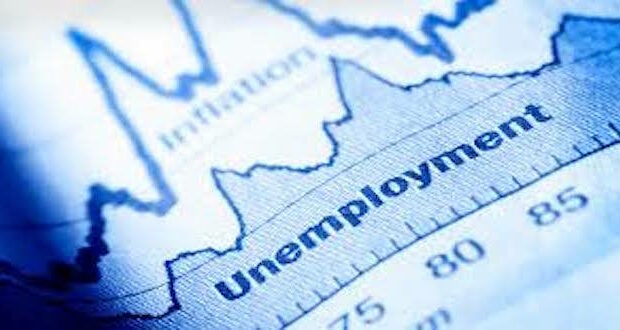The nation’s unemployment ticked up in June as the economy struggles with hiring, surging inflation and fear over the cost of the Biden infrastructure plan.
The unemployment rate jumped to 5.9 percent from 5.8 percent in May. This even in the face of encouraging news that the economy added over 800,000 jobs, according to the U.S. Labor Department.
Half of all U.S. states have ended extended unemployment benefits which, economists say, is pushing people back into productive work. As of June, however, the U.S. economy was still short 6.8 million jobs relative to February 2020. There are currently over 10 million job openings in the nation.
Much of the job gains were seasonal as summer destinations hired help but that wasn’t the only area.
“Notable job gains occurred in…public and private education, professional and business services, retail trade, and other services,” U.S. Bureau of Labor Statistics reported. The participation rate hasn’t improved in the United States since August of 2020.
In June, employment in leisure and hospitality surged by 343,000, amid easing restrictions across the country. More than half of the job gain was in bars and restaurants. But the sector is still short of 2.2 million jobs compared to February 2020.
The country’s manufacturing continues to struggle, partly as a result of lack of parts and supplies.
There is still a lack of strong job creation in the goods side of the economy. Manufacturing increased by only 15,000 for the month. And construction sector lost another 7,000 positions after losing a net 25,000 jobs over the past two months.
Energy construction lost tens of thousands of jobs with the Biden administration suspension of the XL Pipeline and border wall construction.
President Joe Biden is expected to deliver a speech on jobs recovery today.
Widespread labor shortages have led companies to boost wages, which could further intensify inflation pressures. There is an imbalance between supply and demand for labor, which needs to be monitored closely in the coming months, according to economists.
The big question many people have is whether workers are encouraged to rejoin the labor market in states that opted to end the supplemental unemployment benefits early.
Severe labor shortages have led 26 states to end the expanded benefit program ahead of its expiration on Sept. 6. The effect of the early cancellation won’t be fully visible until early August when the next jobs report is published but some indications are already appearing.
“We think the ends of these special unemployment insurance programs will boost participation in the labor force, helping labor supply keep up better with related demand, and also should ease some of the upward pressure on wages,” Michael Feroli, chief U.S. economist at JPMorgan wrote in a recent report.
–Wire services
 Metro Voice News Celebrating Faith, Family & Community
Metro Voice News Celebrating Faith, Family & Community









